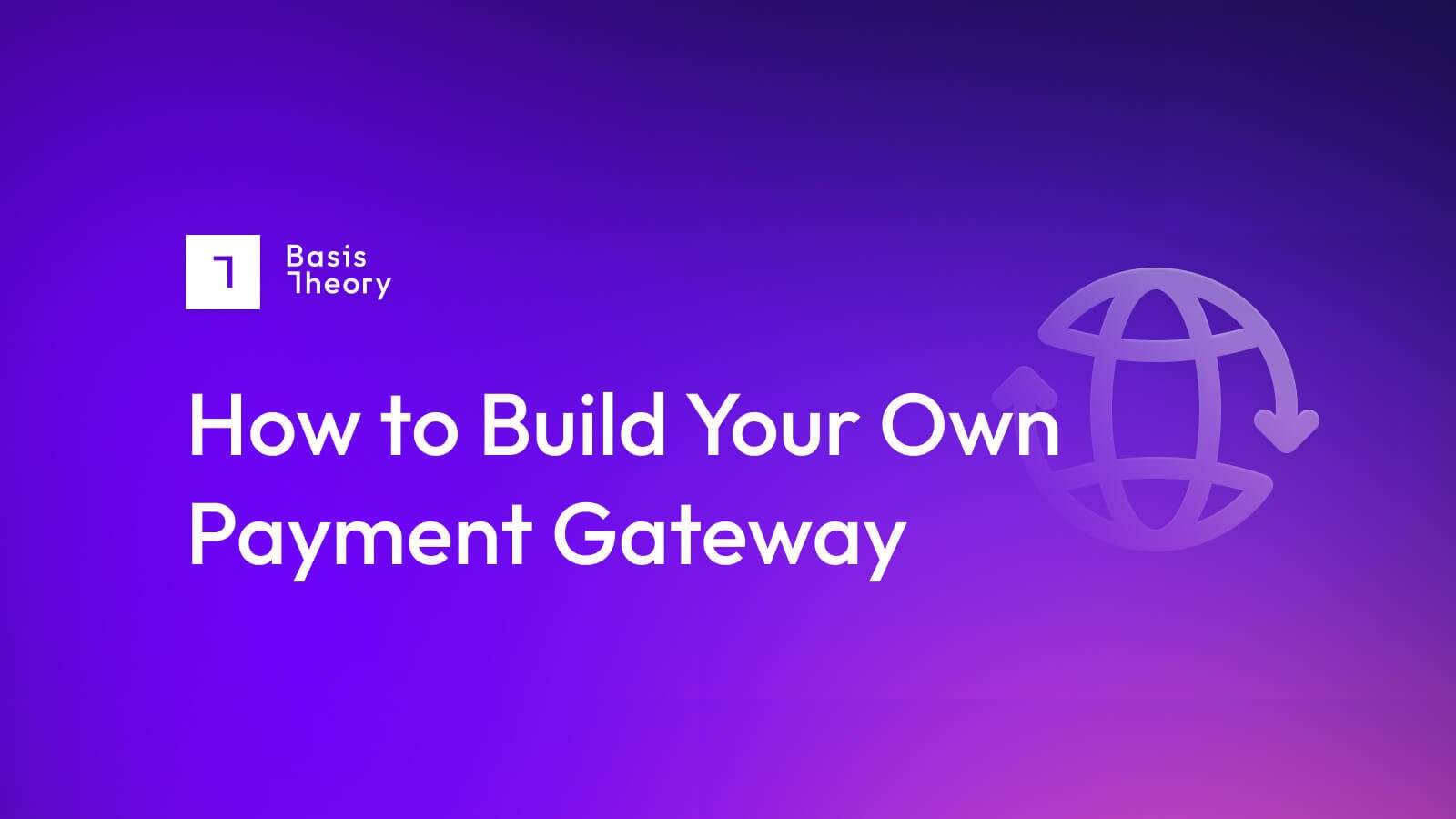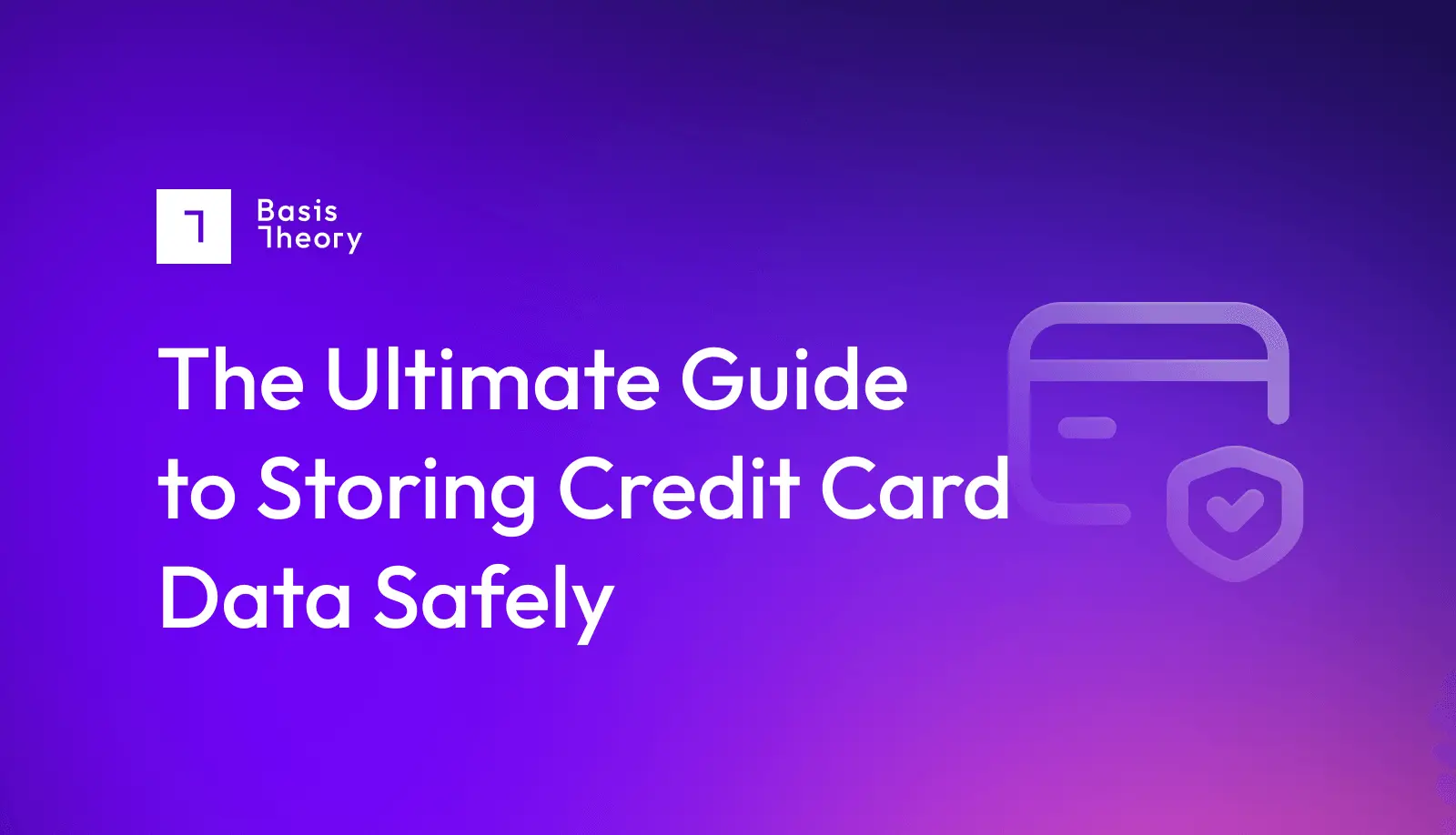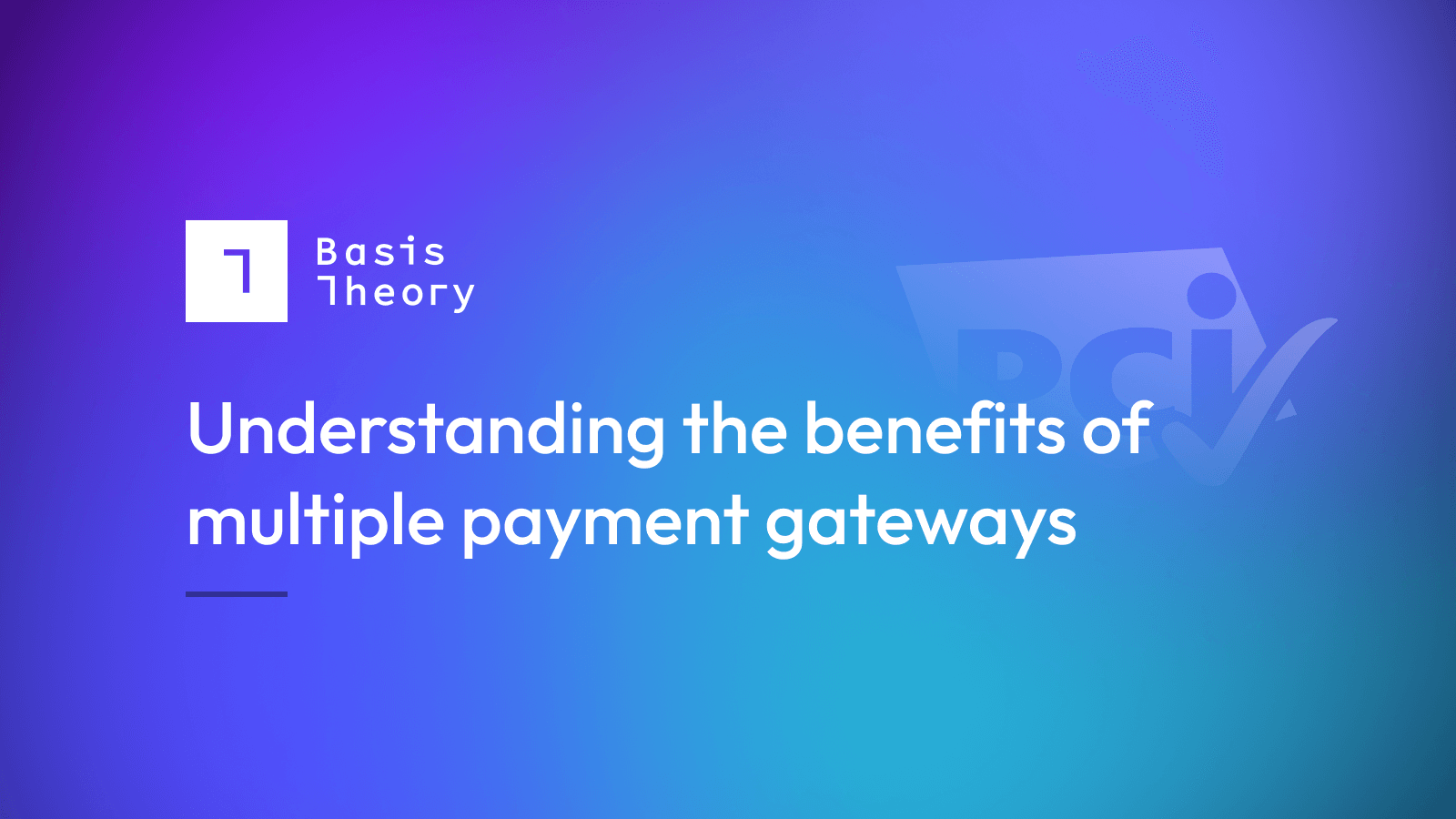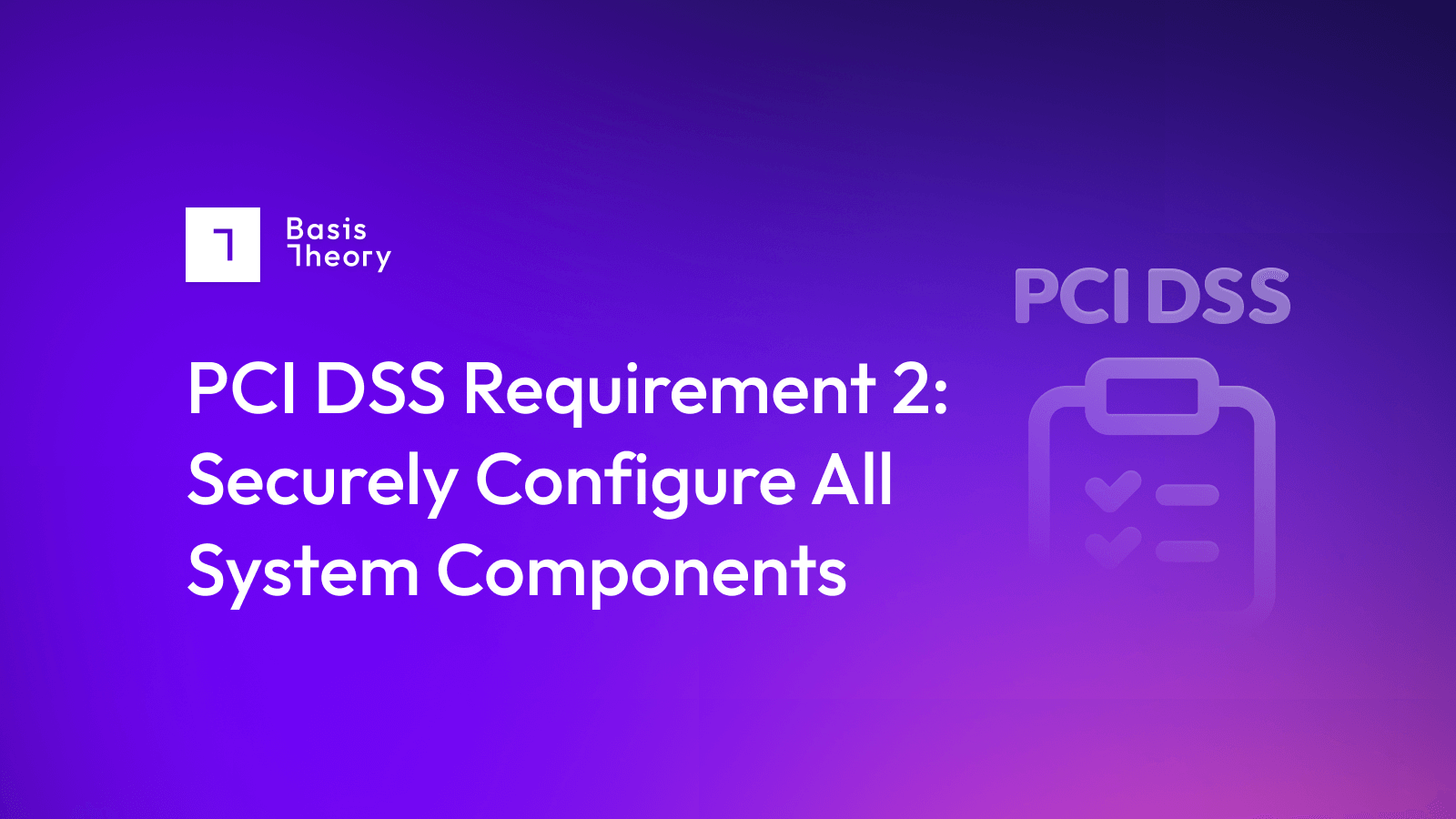How to Build Your Own Payment Gateway

Whether you're a merchant looking to cut down on payment service fees, a startup aiming to provide solutions to an underserved region, or an online business battling with the constraints of your current payment service provider, building your own payment gateway could offer unprecedented control and cost savings. This article aims to provide you with a thorough understanding of what a payment gateway is, how to build one, and how to navigate the potential challenges you might encounter during the process.
Understanding Payment Gateways
A payment gateway is a technology that facilitates electronic transactions between a merchant's website and the payment processors. It acts as a bridge, securely transmitting the customer's payment details to process the transaction.
The functionalities of a payment gateway include - to name a few:
- fraud detection and prevention
- recurring billing
- support for a variety of payment types such as credit cards, e-checks, digital wallets, and bank transfers
While they play interconnected roles, it's crucial to distinguish between a payment gateway and a payment processor. The former is software that safely conveys the customer's payment information from the merchant's website to the acquiring bank. The latter, a financial institution, facilitates the electronic transfer of funds between customers and merchants and takes care of the technical and financial aspects of the transaction, such as routing the transaction to the right card issuer and performing chargebacks when necessary.
Reasons for Creating a Payment Gateway
Businesses have payment needs that are unique to their customer strategy, and while third-party payment gateways often provide a convenient solution, there are compelling reasons why a company might choose to create their own.
- Cost Savings: For businesses processing high volumes of transactions, the fees charged by third-party gateways can add up significantly. Building a proprietary payment gateway can reduce costs in the long term.
- User Experience: Third-party payment gateways often come with a one-size-fits-all approach, which may not suit all businesses. With your own payment gateway, you can tailor the user experience to your specific requirements, offering a seamless checkout process and improved customer satisfaction.
- Control: When you manage your own payment gateway, you control the entire transaction process. This means that you can quickly respond to issues - from new fraud vectors to customer payment trends - then implement changes quickly without relying on a third party. A good example of this is striking the right balance for different customer segments between authorizing transactions for revenue and declining transactions to prevent fraud.
- Market Expansion: In some regions, third-party payment gateways may not support local payment methods or currencies. Building your own gateway can allow for better market penetration and expansion into these regions.
However, it's essential to keep in mind that creating a payment gateway also involves significant costs, technical expertise, and time.
It also comes with its own set of challenges and regulatory obligations, especially concerning security and compliance. Therefore, the decision to build a proprietary payment gateway should be made after careful consideration of these factors.
The Process of Building a Payment Gateway
Building a payment gateway might seem daunting, but understanding the process can greatly demystify it. Creating a payment gateway involves several steps and technical considerations.
To begin, businesses need to form partnerships with either a payment processor or an acquiring bank. The chosen processor will provide you with the technical information necessary to integrate your gateway with their system and the wider payment network. Depending on the types of payments you wish to accept, you might need to collaborate and integrate with several processors.
Cost and time are also significant factors. An MVP payment gateway can take up to six months and cost between $200,000 and $250,000. However, factors such as functionality, complexity, and geography can influence these estimates.
Ensuring Security and Compliance in Payment Gateways
Ensuring the security and compliance of your payment gateway is paramount, as it builds trust and confidence with your customers while also meeting necessary regulatory standards. Here's a list of key security protocols you need to consider:
- Payment Card Industry Data Security Standard (PCI DSS): This is a set of security standards designed to protect all businesses that accept, process, store, or transmit credit card information. Adherence to these standards is mandatory and ensures a secure environment for card transactions.
- Encryption Methods: Encryption is a method of converting data into a code to prevent unauthorized access. You should ensure that all transaction data transmitted through your gateway is encrypted to provide maximum security.
- Secure Sockets Layer (SSL) and Transport Layer Security (TLS): SSL and TLS are cryptographic protocols designed to provide secure communications over a network. They help secure the connection between a customer's web browser and your server, ensuring that all data transmitted is secure.
- EMV Standards: EMV (Europay, MasterCard, and Visa) is a global standard for credit and debit payment cards based on chip card technology. This technology provides enhanced security compared to traditional magnetic stripe cards.
- 3-D Secure (3DS): This is a messaging protocol that promotes frictionless consumer authentication and enables consumers to authenticate themselves with their card issuer when making card-not-present (CNP) e-commerce purchases.
- Tokenization: This is a process where sensitive data is replaced with non-sensitive equivalents, known as tokens, which have no exploitable meaning or value. Tokenization helps protect sensitive cardholder data in your payment gateway.
- Peer-to-Peer Encryption (P2PE): This is a standard established by the PCI Security Standards Council that encrypts cardholder data from the point of interaction (such as a point of sale) until the data reaches the solution provider’s secure decryption environment.
Understanding these protocols and ensuring their effective implementation within your payment gateway is a crucial step in building a secure and trustworthy payment gateway.
Overcoming Challenges in Setting Up a Payment Gateway
Building a payment gateway comes with its fair share of challenges, particularly surrounding issues of security and compliance. Let's delve into how to navigate these hurdles effectively.
- Setting up robust security measures: This involves incorporating a number of the aforementioned security protocols such as encryption methods, SSL and TLS, two-factor authentication, and EMV standards. Setting up these measures from scratch can be a complex task that requires a deep understanding of data security.
- Becoming PCI Compliant: To handle credit card transactions, businesses must comply with the Payment Card Industry Data Security Standard (PCI DSS). Achieving and maintaining this compliance can be a daunting process due to the in-depth audits involved.
- Maintaining a Cardholder Data Environment (CDE): Storing, processing, and transmitting cardholder data demands a secure CDE. This involves comprehensive internal controls and security measures to protect customers' sensitive information.
To navigate these challenges, especially those surrounding PCI compliance and managing a secure CDE, one solution is to use a tokenization provider such as Basis Theory. Basis Theory acts as an intermediary between your customers and your payment processors. It receives credit card data from customers, stores this sensitive data securely, and sends the necessary transaction information onto the payment processors. This means that the actual cardholder data never directly interacts with your business systems, significantly reducing your PCI scope.
By handling this critical aspect of data security, Basis Theory alleviates much of the burden and complexity associated with achieving PCI compliance. We handle the intricate task of securely managing cardholder data so that you can focus on your core business operations.
While setting up a payment gateway can seem daunting, understanding these challenges and having the right strategies and tools in place can make the process significantly smoother and more secure.
Conclusion
Building a payment gateway from scratch is a challenge, but there are potential rewards in the right situations, from direct control over authorizations to cost reductions for substantial volumes. However, it also involves significant investment, risk management, and continuous effort to ensure compliance and security.
If constructing your own payment gateway is something you're considering, it's essential to fully appreciate these factors and pursue professional guidance. Whether you have experiences to share or questions to ask about this process, we'd love to hear from you. Reach out to us to speak with an expert today.
.png?width=365&height=122&name=BTLogo%20(1).png)



